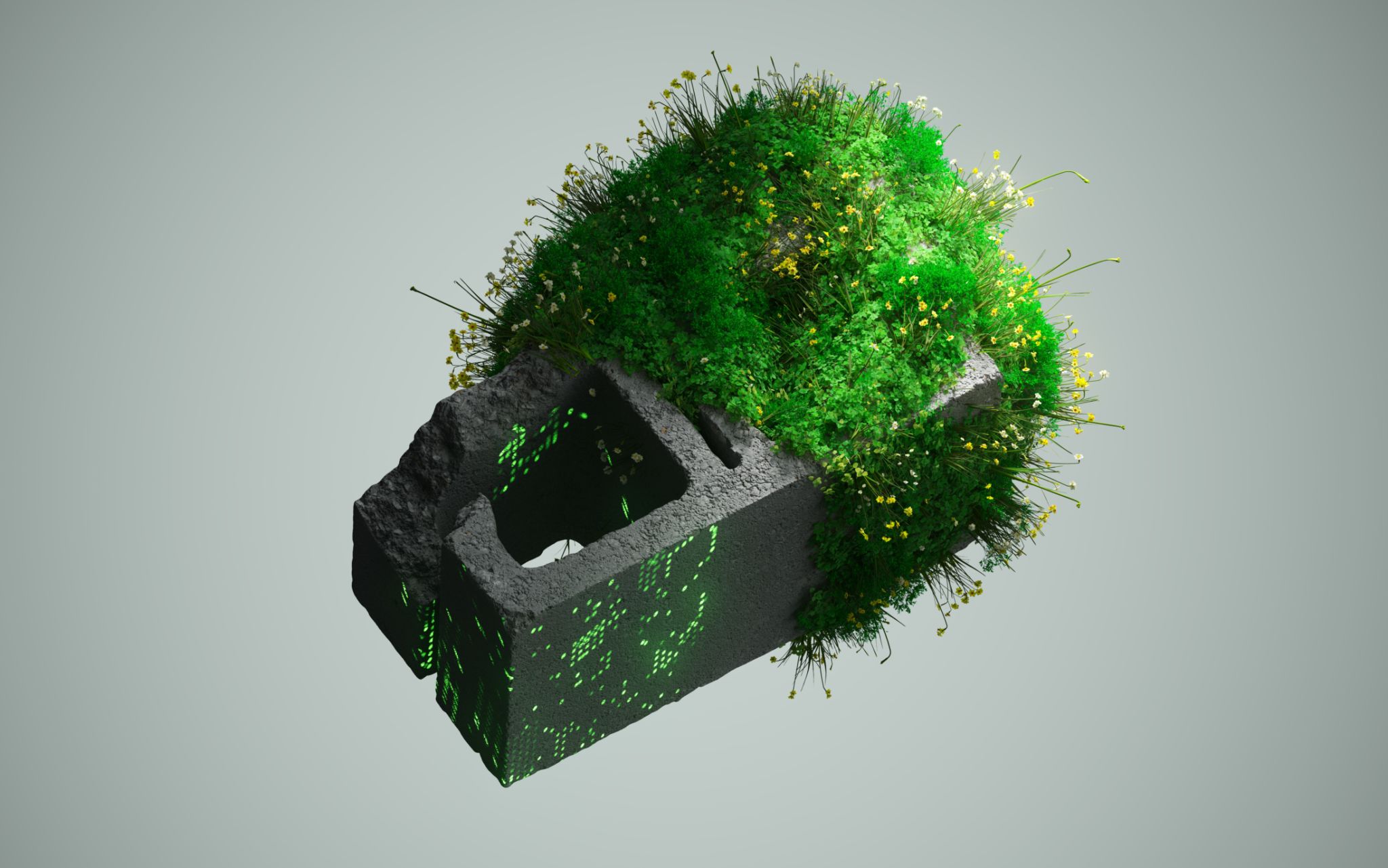Understanding Environmental Biosecurity Services: Protecting Infrastructure Projects
Introduction to Environmental Biosecurity Services
In today's rapidly developing world, infrastructure projects are a crucial part of economic growth and societal advancement. However, with these developments comes the responsibility of maintaining environmental integrity. This is where environmental biosecurity services come into play. These services ensure that infrastructure projects do not inadvertently harm local ecosystems or introduce invasive species that could disrupt the balance of nature.

What Are Environmental Biosecurity Services?
Environmental biosecurity services involve a range of activities designed to protect natural ecosystems from biological threats. These threats can include invasive species, pests, and diseases that might be introduced during construction or operation of infrastructure projects. By implementing these services, project managers can prevent negative environmental impacts, ensuring that both the natural and built environments can coexist harmoniously.
The Importance of Environmental Biosecurity
Invasive species can cause significant harm to local ecosystems, often leading to the decline or extinction of native species. This disruption can have a cascading effect, impacting not only wildlife but also the health and sustainability of human communities. Environmental biosecurity services aim to mitigate these risks, providing a crucial layer of protection for both the environment and infrastructure projects.

Key Components of Biosecurity Services
Effective environmental biosecurity services typically include several key components:
- Risk Assessment: Identifying potential biological threats that could affect the project area.
- Monitoring and Surveillance: Regularly checking for the presence of invasive species and other biosecurity threats.
- Control Measures: Implementing strategies to manage and eradicate identified threats.
- Education and Training: Ensuring that all stakeholders are aware of biosecurity protocols and practices.
Implementing Biosecurity in Infrastructure Projects
To effectively implement biosecurity measures, it's essential for project managers to work closely with environmental experts. This collaboration ensures that all necessary precautions are taken at every stage of the project, from planning and design to construction and operation. By integrating biosecurity into the project's lifecycle, potential threats can be identified and mitigated early on.

Challenges and Solutions in Biosecurity
One of the main challenges in environmental biosecurity is the unpredictable nature of biological threats. New invasive species can emerge unexpectedly, requiring adaptable and responsive management strategies. To address these challenges, it's important to invest in ongoing research and development, staying ahead of potential threats with innovative solutions.
The Role of Technology in Biosecurity
Advancements in technology have greatly enhanced the effectiveness of biosecurity services. Tools such as remote sensing, geographic information systems (GIS), and data analytics enable more accurate risk assessments and monitoring. These technologies provide real-time insights, allowing for quicker responses to emerging threats.

Conclusion: The Future of Environmental Biosecurity
As infrastructure projects continue to expand globally, the need for robust environmental biosecurity services will only increase. By understanding and implementing these services, we can safeguard our natural environments while supporting sustainable development. It is a delicate balance, but with the right strategies and technologies, it can be achieved.
Continued collaboration between governments, environmental organizations, and the construction industry will be vital in improving biosecurity measures. Together, we can ensure that our infrastructure projects not only meet the needs of today but also preserve the beauty and biodiversity of our planet for future generations.